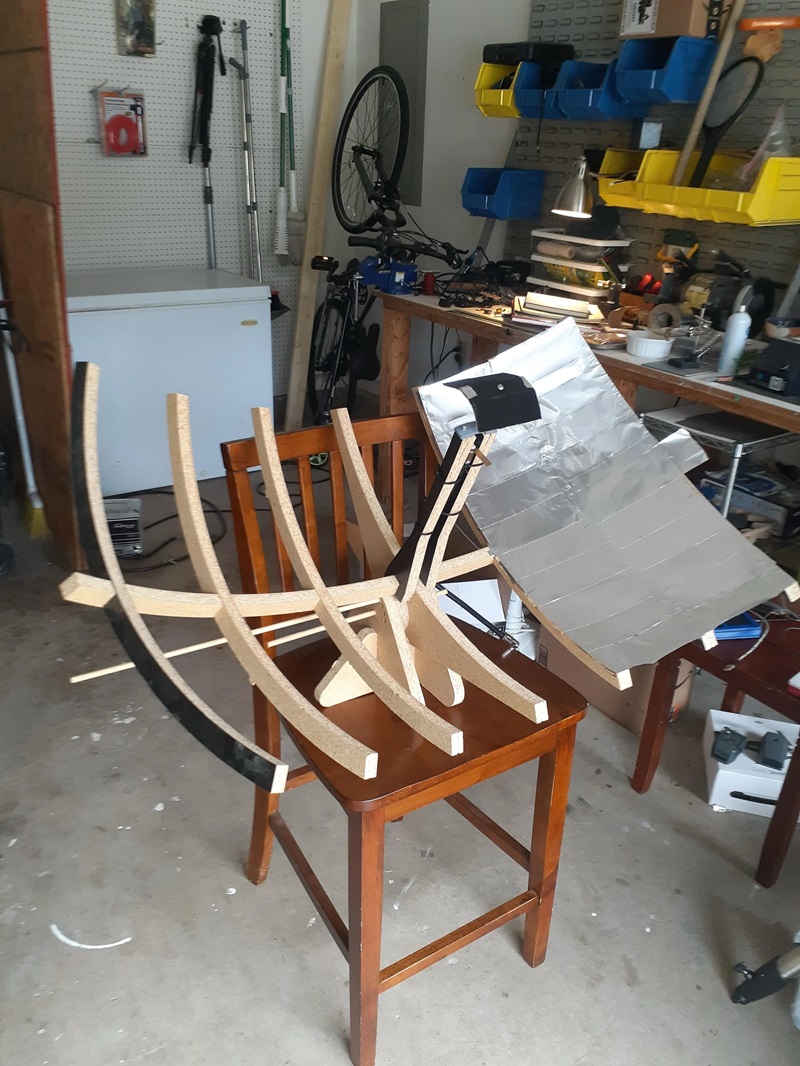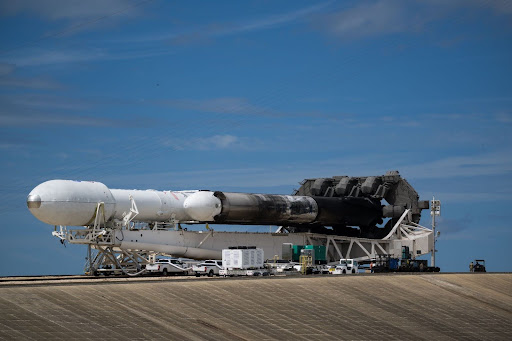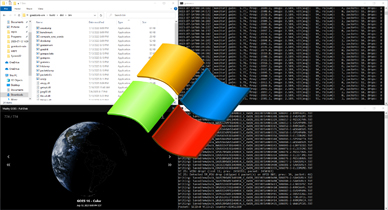![]()
NOAA’s GOES-19 Satellite Begins Operations as GOES-East, Enhancing Weather and Space Monitoring
NOAA’s GOES-19 satellite, the final installment of the advanced GOES-R Series, has officially commenced operations as GOES East. This milestone follows its successful launch on June 25, 2024, and the subsequent thorough testing of its instruments, systems, and data.
Positioned 22,236 miles above the equator at 75.2 degrees west longitude, GOES-19 replaces GOES-16 as the primary geostationary satellite for the eastern United States and the broader Western Hemisphere. GOES-16 will now serve as a backup, maintaining operational readiness for future deployment if needed.
GOES-19 will monitor critical weather phenomena, including hurricanes and tropical storms in the Atlantic basin, severe weather events, atmospheric rivers, wildfires, volcanic eruptions, and other environmental hazards affecting the contiguous United States. Preliminary imagery and data from GOES-19 have been available since September 2024, and near real-time operational imagery can now be accessed at the NESDIS Center for Satellite Applications and Research (STAR) website.
Like its predecessors, GOES-19 provides high-resolution visible and infrared imagery, atmospheric measurements, and real-time lightning activity mapping. Notably, it also features advanced space weather instruments, including NOAA’s first compact coronagraph instrument (CCOR-1). CCOR-1 images the solar corona, enabling the detection and characterization of coronal mass ejections. These solar events can disrupt Earth’s magnetosphere, leading to geomagnetic storms, auroras, and potential disruptions to critical technologies like electricity and satellite communications.
CCOR-1 will serve as a primary source for critical geomagnetic storm information, allowing NOAA’s Space Weather Prediction Center (SWPC) to issue warnings one to three days in advance.
The GOES-R Series Program, a collaboration between NOAA and NASA, comprises four satellites: GOES-16 (launched in 2016), GOES-17 (launched in 2018), GOES-18 (launched in 2022), and GOES-19. NASA constructs and launches the satellites, while NOAA operates them and distributes the data globally.
GOES-19 joins GOES-18 (GOES-West) in operational service, providing continuous monitoring of over half the globe, from the west coast of Africa to New Zealand and from the Arctic to the Antarctic. Their data supports weather forecasters, emergency managers, first responders, and the aviation and shipping industries.
The entry of GOES-19 into operational service coincides with the GOES program’s 50th anniversary in 2025. Since the launch of the first GOES satellite in 1975, NOAA and NASA have collaborated to advance geostationary satellite observations. Each successive generation has brought significant improvements in environmental monitoring. With GOES-19, NOAA’s geostationary satellite constellation is poised to continue this vital mission into the 2030s.









